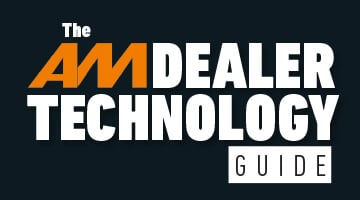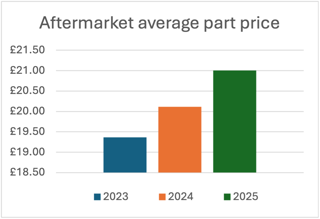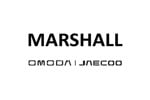I am in agreement with much of what Prof Jim Saker says in his article “Is the just in time car manufacturing mantra 'out of time'? For example the good sense in focusing on local production. And he is obviously right about the increasing vulnerability of supply chains
However I fundamentally disagree with his proposition about JIT.
In a lean supply chain – which most aspire to, but only some are good at – the first priority is to deliver right-first-time-on-time-every-time (RFTOTET).
When you can do that, you can refine and improve to the point where you deliver RFTOTET just-in-time (JIT).
So JIT is not a mantra. It is a descriptive of a desired outcome of effective supply chain management. Underlying JIT is a thinking style that concentrates on facts and scientific analysis of problems and strives to continuously improve.
Buffer stock maintenance is neither a new system, nor something that replaces JIT.
Buffer stocks are fundamental to JIT. The clever bit is to decide on the size of the buffer.
If variation is low – you know who will buy your products and when, you know who will supply what and when – then you can have low buffer stock.
If you have high variation – materials arrive unpredictably and customer demand goes up and down unpredictably – then you need higher buffers.
We are clearly entering an era of much higher variation. If costs are to be controlled, it is fundamental to work on the facts and to adjust accordingly, not throw out the thinking style that allows you to do that.
It is very tempting to take action “just-in-case”. Many people and businesses do that. “What if such-and-such happens? We need to cater for that”. But what is the likelihood of this possible event?
It would be pretty ineffective to adjust your whole system to cater for something that happens once in a blue moon. The Suez tanker event is one such.
Much better to get the facts, analyse the problem, examine available actions and prioritize. How often do materials arrive too late (i.e. NOT just-in-time!). How long is too late? What were the reasons?
What are the possible courses of action? Which ones will give the best bang for the buck?
The Suez tanker event is just one example of a cause of variation. Variation does not “challenge the whole JIT concept”. Understanding variation is the key to successful JIT and JIT is still fundamental to successful supply chain management.
Perhaps even more fundamental in uncertain times, because “just-in-case” solutions could easily bankrupt the business.
Author: Piers Trenear-Thomas, coach at Lean-Auto-Retail.



















Login to comment
Comments
No comments have been made yet.